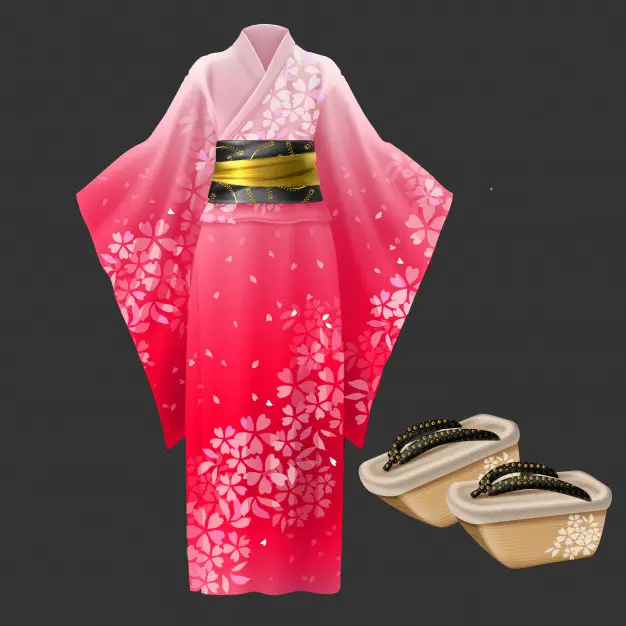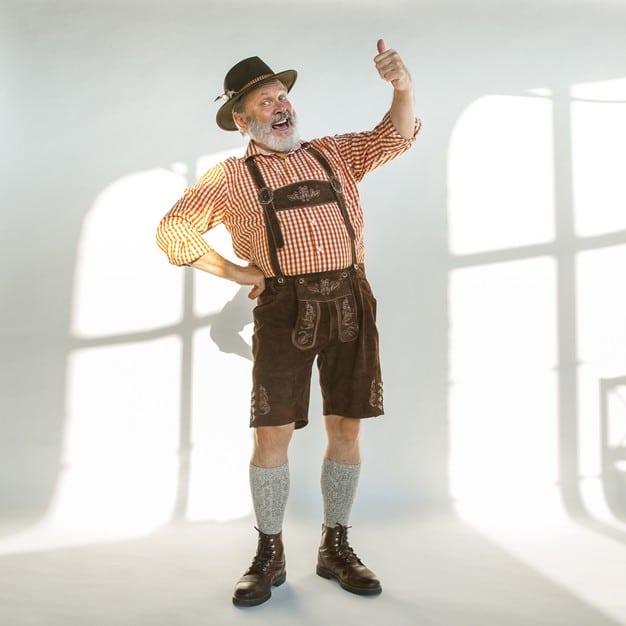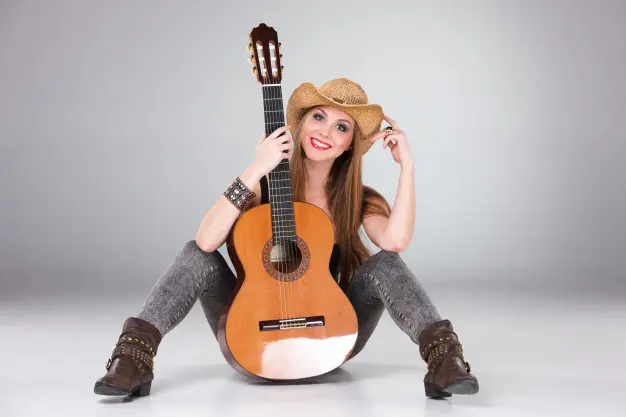Traditional dress around the world serves as a vibrant tapestry of human culture, reflecting the intricate interplay of history, geography, and societal values. From the intricate embroidery of South Asian saris to the flowing robes of Middle Eastern kaftans, and the colorful fabrics of African dashikis, traditional attire encapsulates the essence of diverse communities spanning the globe. Beyond mere fabric and thread, these garments carry with them the stories of generations, encapsulating traditions, beliefs, and customs that have withstood the test of time.
The significance of traditional dress extends far beyond aesthetics; it is a tangible expression of identity, heritage, and belonging. Through the intricate patterns, symbols, and colors woven into each garment, one can decipher the cultural codes and narratives that define a community’s collective consciousness. Whether worn during religious ceremonies, festive occasions, or everyday life, traditional attire serves as a visual language, communicating history, social status, and familial ties.
Moreover, traditional dress is a testament to the resilience of indigenous cultures in the face of globalization and modernization. In an increasingly interconnected world, where Western fashion trends dominate the global market, traditional attire stands as a proud assertion of cultural distinctiveness. It embodies a sense of pride and continuity, reminding wearers of their roots and fostering a sense of solidarity within communities.
In this exploration of traditional dress around the world, we embark on a journey to unravel the rich tapestry of human diversity. From the nomadic tribes of Central Asia to the indigenous peoples of the Americas, we delve into the stories behind each garment, uncovering the rituals, beliefs, and craftsmanship that imbue them with meaning. Join us as we celebrate the beauty and significance of traditional dress, honoring the legacies of our ancestors and embracing the rich mosaic of global culture.
Traditional African dress
Traditional African dress encompasses a kaleidoscope of colors, patterns, and styles that vary widely across the continent’s diverse regions and cultures. From the bold kente cloth of West Africa to the intricately beaded garments of the Maasai people in East Africa, traditional attire in Africa is as diverse as the continent itself.
One of the most iconic examples of traditional African dress is the dashiki, a loose-fitting tunic adorned with vibrant, geometric patterns. Originating from West Africa, particularly Nigeria and Senegal, the dashiki has become a symbol of African pride and identity around the world. Worn during cultural celebrations, festivals, and even casual gatherings, the dashiki embodies the spirit of unity and heritage.
In addition to the dashiki, African traditional attire includes a wide array of garments such as the boubou, agbada, and kaftan, each with its own unique style and cultural significance. These garments are often made from locally sourced fabrics such as cotton, silk, or linen and are adorned with intricate embroidery, beading, or hand-dyed patterns.
Beyond their aesthetic appeal, traditional African garments carry deep cultural and spiritual significance. They often symbolize rites of passage, such as coming-of-age ceremonies or weddings, and are imbued with symbolism that reflects the wearer’s identity, social status, and ancestral heritage. For example, the colors and patterns of a person’s attire may convey their tribal affiliation, marital status, or even their profession.
Moreover, traditional African dress serves as a form of cultural preservation and resistance against colonialism and globalization. Despite centuries of external influences, African communities have maintained their unique sartorial traditions, passing down weaving, dyeing, and sewing techniques from generation to generation. Today, these garments continue to be worn with pride, not only in Africa but also by members of the African diaspora worldwide, serving as a powerful symbol of cultural resilience and solidarity.
Depending on the climate and terrain, the clothes worn by the inhabitants of the African continent are not all the same.
South and Central Africa
If we start from the South and go North we will notice the use of light cotton clothes. These allow the air to circulate through the clothes while covering the wearer. These clothes, whether they are “kittenge” or its lighter version “kanga“, are tunics that must be very colourful in order to represent a certaine happiness. Their patterns show a taste for what is rich and lively. If these two garments are reserved for women, those for men follow a similar principle. In the centre of the continent, the loincloth is used, which is not so different from the clothes mentioned above. The difference is that the cut is not the same and there is a choice of different types of loincloths. The type of loincloth changes according to the culture.

North Africa East and West
Then in the North we have clothes inspired by a sandier climate and by a historical and religious shock. If the East and the North benefit from clothing inspired by Muslim traditions (djellaba, sarong…) or made to fight against the Sahara like the turbans (covering the respiratory tract) and boubous of the Tuaregs, the West is quite different. The East is the middle ground between the South with light clothes and the North with more covering clothes. If we look at Ghana or Liberia we can find clothes with the colours of the flags of these countries with very geometrical patterns, showing a rather patriotic side.

Traditional South American clothing
As this continent has a fairly mixed and unified culture, clothing does not differ so much from one country to another, except according to whether the country has mountains or remains at a lower altitude. As far as the climate is concerned, the purpose of the clothing is to protect the wearer from the vagaries of the weather. For this there is the Poncho designed as a wind and rain protector and its more simplified version the “Chamanto”. Then there is the “Chullo” made of alpaca wool, which is used to protect from the cold. Finally, for traditional celebrations, we have the “Pollera” worn by women, which testifies to the relationship between the continent and Spain.

Traditional Asian clothing
Depending on which part of Asia we live in, the inspirations change and their influence on the clothes we wear.
North Asia
In the North, the traditions of the Hans, the majority ethnic group in China, are reflected in both Korea and Japan. At the beginning the Hans wanted imposing and magnificent clothes to radiate but also silky, the “Tangzhuang”, to differentiate themselves from the rougher clothes of the Mongols, their “Deel”. With their invasion to the East they brought their clothes to their neighbouring countries which then brought their own optics to the latter. On the Korean side we have the Hanbok, very sober and sophisticated, which competes with the Chinese gilding. For Japan we have the Kimono, which, if it has flowery patterns inspired by Zen philosophy, is still mostly white, breaking with the Chinese shine.
On the other hand, Tibet recommends very colourful clothes strangely reminiscent of those of South America, with the aim of being closer to harmony: the “Chuba”.

South Asia
In the South, clothing is made to ensure comfort in humid, hot, tropical climates. This is the case with the Filipino Barong or the Malaysian Longyi, the former covering the upper as well as the lower part of the body and the latter being made of the country’s own silk. There is also the cultural influence of external religions between the Indian influence in Pakistan, Bangladesh or Sri Lanka and the Muslim influence with still the Sarong here modified in the form of the Baju declined in Kurung, Melayu and Kebarung according to the age or the sex of the person (the Indonesian hat which is the Songkok is part of it). Just as in Northern Asia, there is also a desire to have distinguished, sophisticated and refined clothing, as in Thailand with the Chut Thai or in Vietnam with the Áo dài.

Oceania
Oceania being divided between natives and descendants of settlers and characterised mainly by Australia and New Zealand there is little to say. However, there are the woven fibre garments characteristic of the Aborigines and, to a lesser extent, the loincloth-like pareos of French Polynesia.

Traditional dress in Europe
Western Europe
In the west, there are two groups: the Celts and the Germans. The Celts choose woollen clothes with stripes to keep warm and to differentiate themselves from the others, while the Germans prefer a lively style, especially in Bavaria. However, traditional dress in Germany varies from region to region. In the South, Spanish and Italians like to wear hats to indicate where they come from, while the North is of course characterised by warm clothing in keeping with the past (Norwegian Bunad or Swedish and Finnish Luhkka).

Eastern Europe
In the East we have the Slavic influence on the German aesthetic with colourful but less festive, more conventional clothes, such as the Czech and Slovak Kroje, the Russian Sarafan or the Austrian Lederhosen. However, the Balkans share roots with Greece and so we have Slavs with very bright but more festive clothes such as the Šibenik cape or the Šubara. Poland, because of its many cultures, has such a wide range of traditional clothing that it would be exhaustive to list them.

Traditional North American dress
Finally in North America there is the clothing of the indigenous people with Kuspuks and the Parka of the Inuit of Alaska and Canada made to resist the cold. Then there is the traditional clothing of the settlers from Europe with the traditional dress of the Amish, the Creole clothing in Louisiana and the dress of the landowners of Texas with their cowboy hat and their bolo tie. Finally, further south we have Mexico, which is divided between a traditional culture of pre-colonial people and the classic Texan cowboy aesthetic.

Thus it is apparent that in every country of the world the traditional dresses designed by the inhabitants for themselves vary according to the type of resource present, the terrain, the climate, the religion, the language, the aesthetics and even the sex of the person. In short, the culture of a people is reflected everywhere, even on what covers its members.
Traditional dress around the world and its significance:
1. Traditional Clothing from Around the World
This page from the Google Arts & Culture explores traditional clothing from around the world. It features stunning images of traditional garments from various cultures, along with informative text that explains the history, symbolism, and significance of each piece.
2. Wearing Culture: Exploring the Symbolic Importance of Traditional Clothing Around the World
This article by Tiny Wonder delves into the deeper meaning of traditional clothing. It discusses how traditional garments serve as more than just attire; they embody cultural identity, heritage, and values. The article also highlights specific examples from different cultures, such as the kente cloth of Ghana and the habesha kemis of Ethiopia.
3. Explore Traditional Clothing From Around The World
- Link: https://www.gf-planen.de/?a=traditional-clothing-a-virtual-tour-around-the-world-speak-ee-1qR2N3uW
This blog post by SPEAK takes you on a virtual tour of traditional clothing around the globe. It showcases a variety of garments, from the vibrant sarees of India to the iconic kilts of Scotland. The article emphasizes the unique beauty and cultural significance of each piece.
4. Traditional Dresses Around the World: Cultural Fashion Explained
This blog post by Chesca explores the world of traditional dresses, highlighting their role in representing cultural identity and heritage. It discusses the symbolism and meaning behind various garments, such as the kimono of Japan and the hanbok of South Korea.
5. In pictures: traditional dress around the world
This photo gallery by Rough Guides showcases a diverse array of traditional attire from around the world. The stunning images capture the essence of each culture, with each garment telling a unique story. From the Maasai beadwork of Kenya to the Balinese temple dress of Indonesia, this gallery is a visual feast for the eyes.
